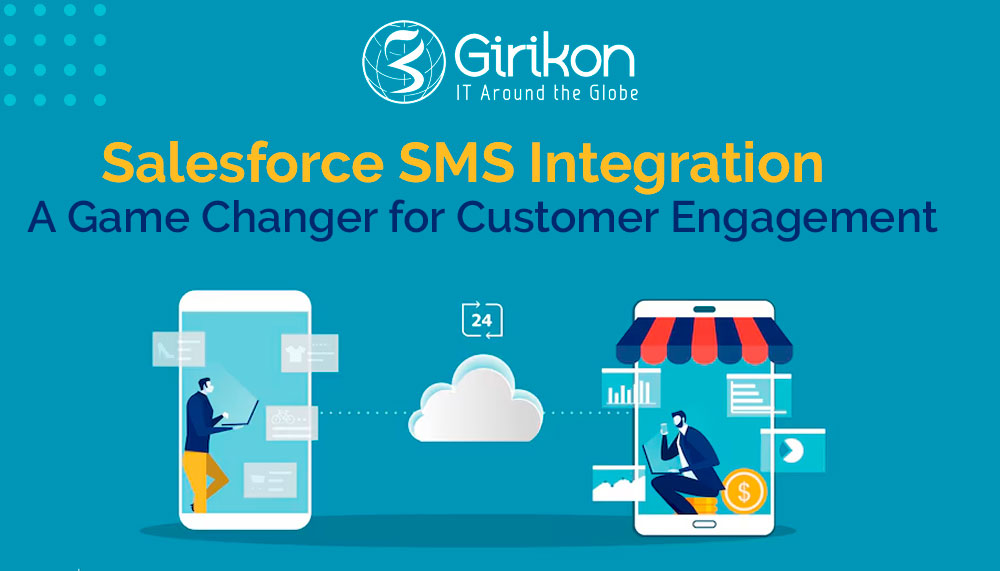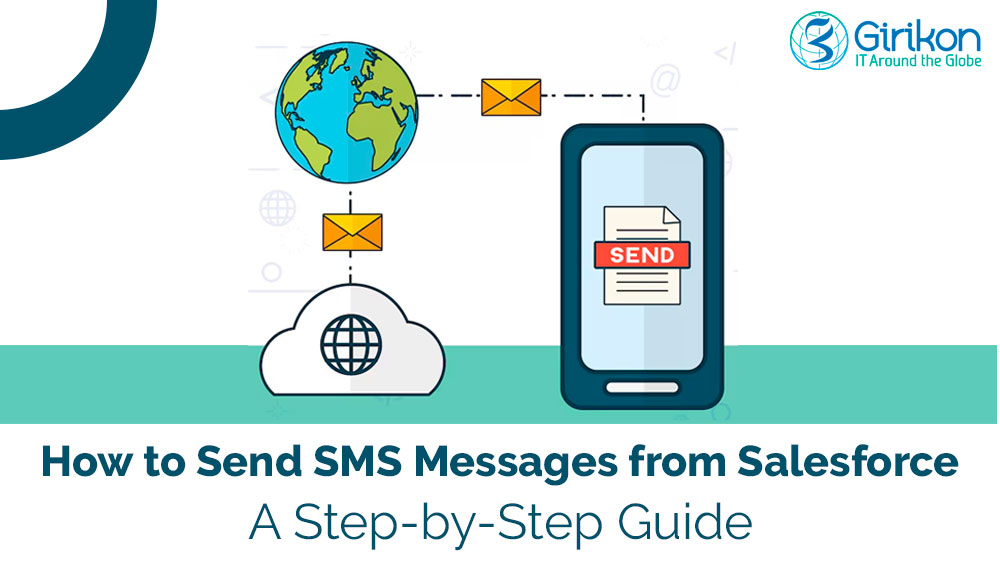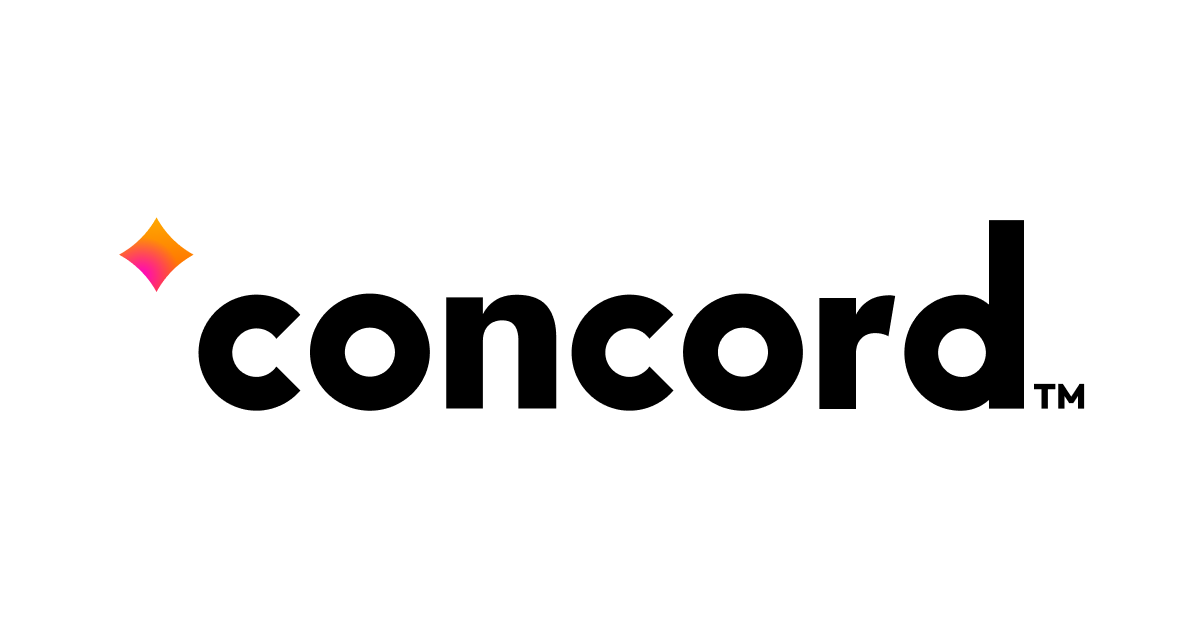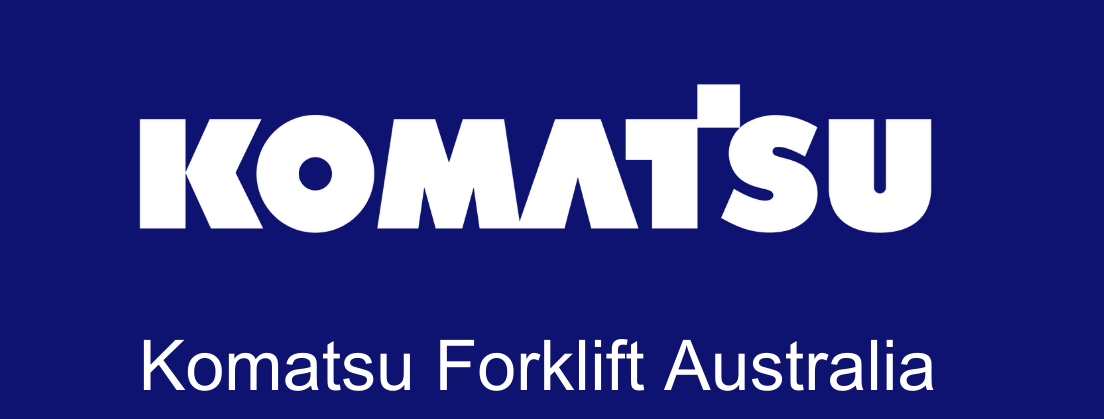Our Blogs
The common goal of every marketer is to figure out ways to generate highly targeted leads to boost revenue and expand their business. But how do they get there? It’s important to have in place an effective, scalable, and measurable strategy to ensure a consistent flow of qualified leads. Inbound marketing is a powerful tool that enables marketers to build their brand, attract qualified leads and convert them into paying customers. Foundational content such as eBooks, email marketing, blogs, social media marketing, search engine optimization (SEO), and other digital tools are required to ensure inbound marketing success.
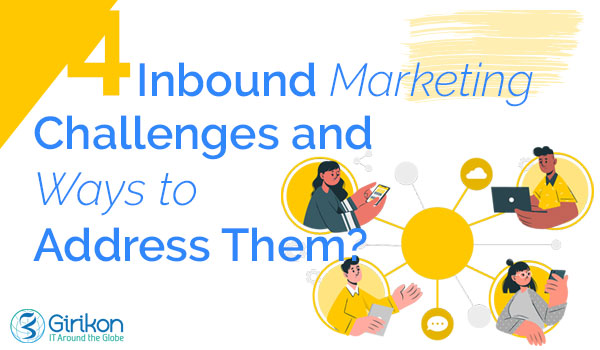
However, creating a well-orchestrated inbound marketing strategy that works for your business is easier said than done and requires having in place the right tools and resources. Let’s take a look at some of the common inbound marketing challenges faced by businesses and how to solve them:
Poor User Engagement: Most brands experience poor user experience, which results in a high bounce rate and more. Users become disengaged because of some common reasons such as poor website design, poor mobile optimization, and poor user experience.
Solution: It is important to fix the usability issues on the website, such as site layout, navigation, and more. Apart from this, the site should have an insightful home page, visible navigation buttons, optimized for mobile, and easy to understand so that visitors get the content they are looking for. It is equally essential to maintain search engine rankings to maintain your rank. You can do a complete site overhaul by making simple upgrades by seeking help from a certified HubSpot Consultant.
Absence of Clear Inbounding Marketing Strategy: Most B2B businesses jump into inbound marketing without a clear plan. Since content is the foundation of a site, it’s important to post relevant content. If the content isn’t relevant to the visitor’s needs, they aren’t likely to convert.
Solution: To address this issue, marketers should develop a specific persona and journey strategy. Content posted on your website should be directed towards a particular audience present in a particular area of your funnel.
Being Impatient with Inbound Marketing: It isn’t easy to get instant results when it comes to inbound marketing. For effective inbound marketing, it’s important to create relevant content, and optimize it through SEO (Search Engine Optimization). However, these are time-consuming as search engines cannot be dictated to crawl faster, and page and domain authority cannot be increased overnight. So, it is evident that marketers or others in the team might get impatient with the results.
Solution: It is important to set realistic expectations and invest in PPC to speed up the process. Besides this, it is also important to ensure A/B testing of the PPC landing page to collect data regarding the criterion that pace up PPC conversions.
Finding the Right Tools: Inbound marketing can be appropriately executed only in the presence of the right tools. It will be challenging to keep up with the important work without specialized tools and will cost you time, money, and potential clients.
Solution: For proper implementation, customers will require a robust CRM, an email marketing tool, a social media publisher, an analytics platform, a CMS, and chat software to engage leads in real-time. It isn’t just essential to look for the right tools; rather, it is necessary to find the tools that can coordinate with each other. It is important to partner with a certified HubSpot Implementation partner to ensure seamless communication.
Quick Wrap-up:
It’s critical to have a holistic view of everything along with a plan of action to ensure that your sales and marketing team work together to drive traffic and, ultimately, conversions. This will help marketers to attain inbound marketing success while realizing a positive ROI investment.

 +61-1300-332-888
+61-1300-332-888 +1-480-382-1320
+1-480-382-1320
